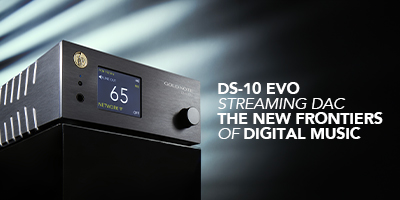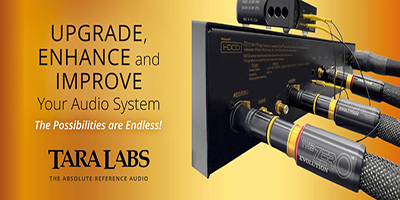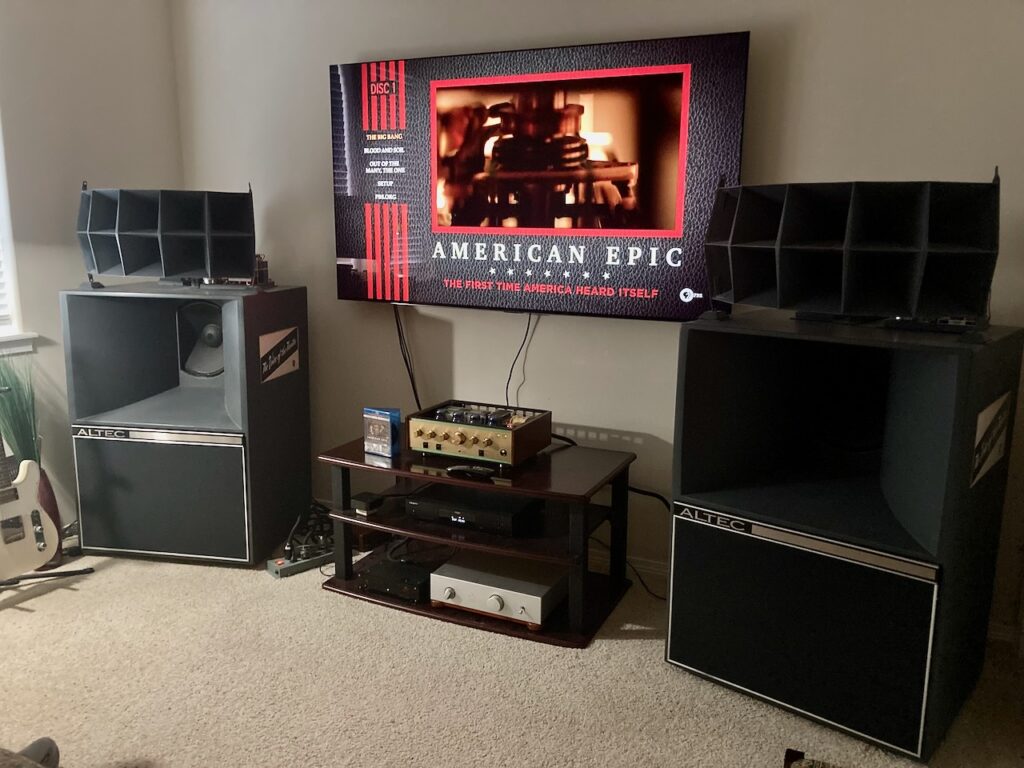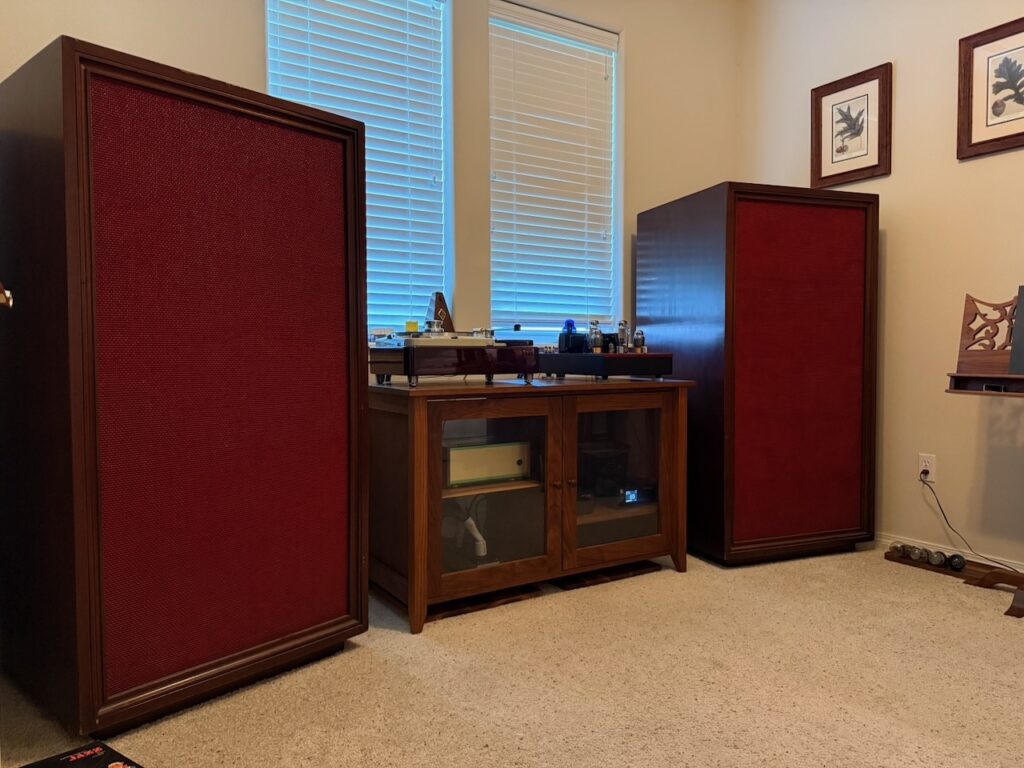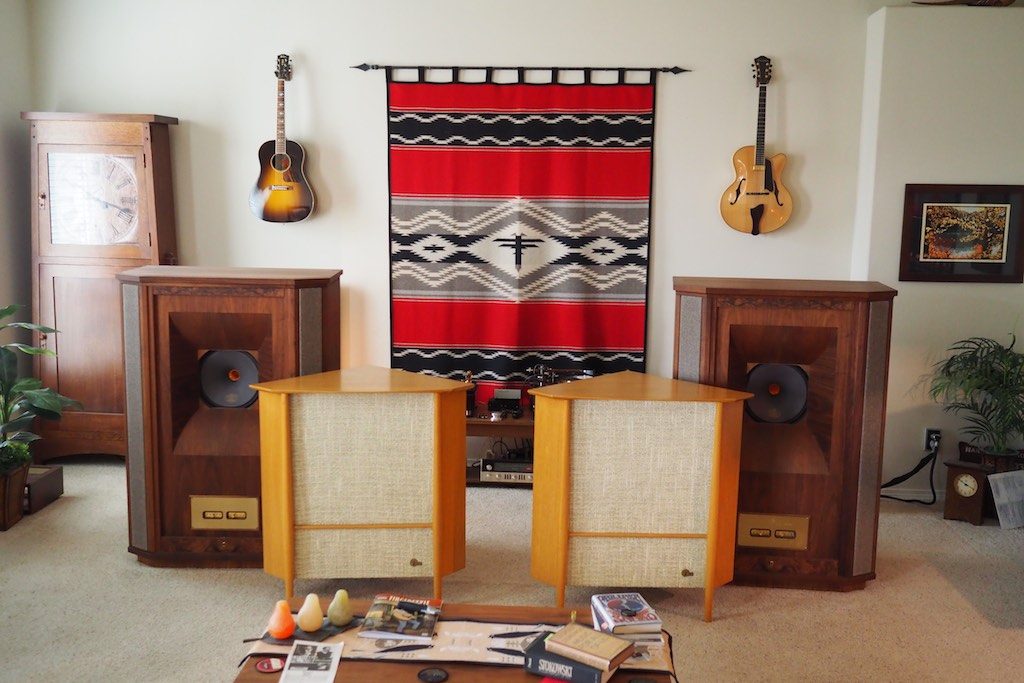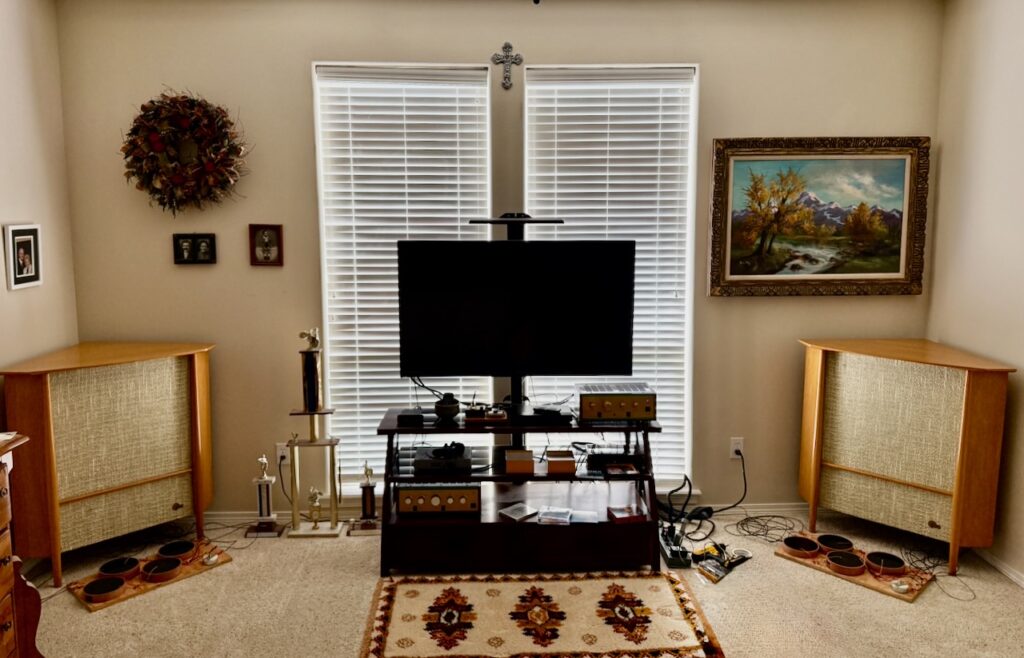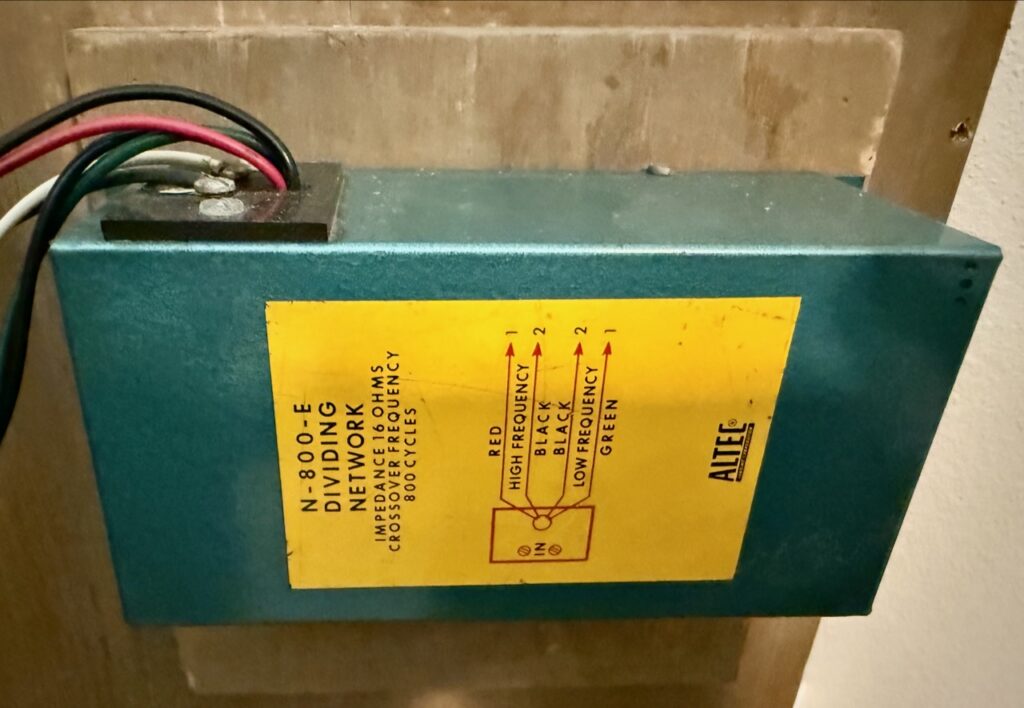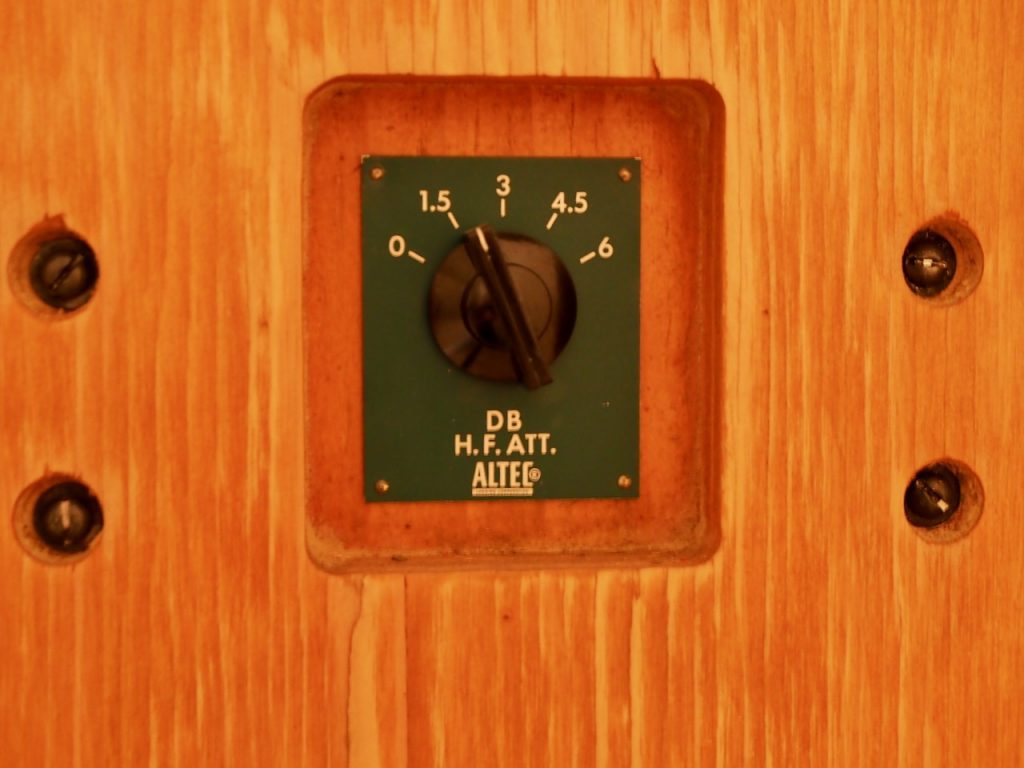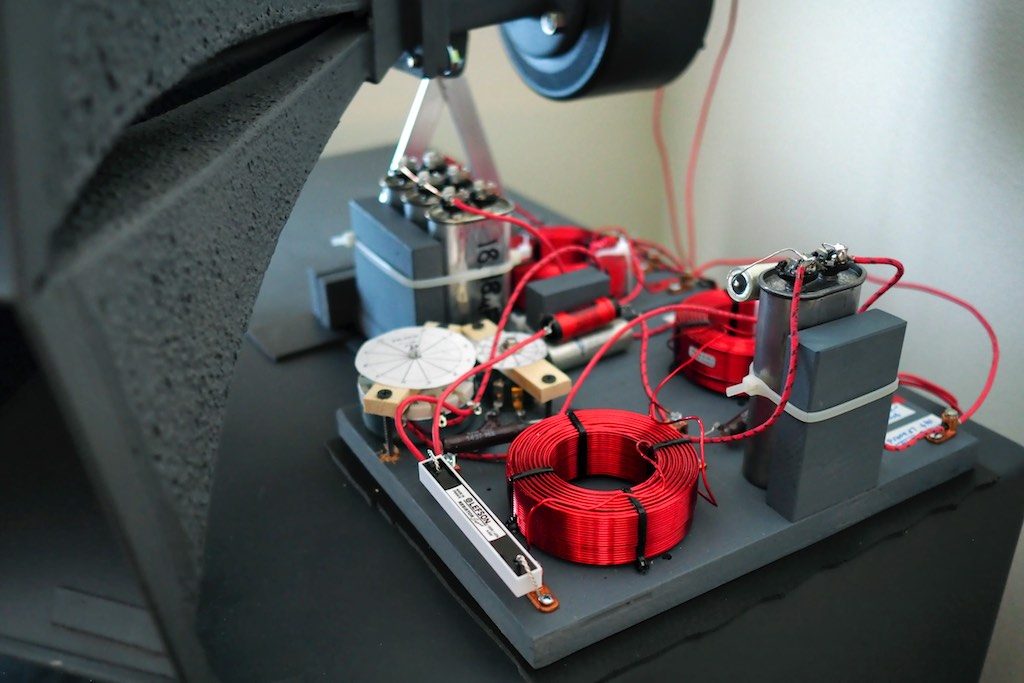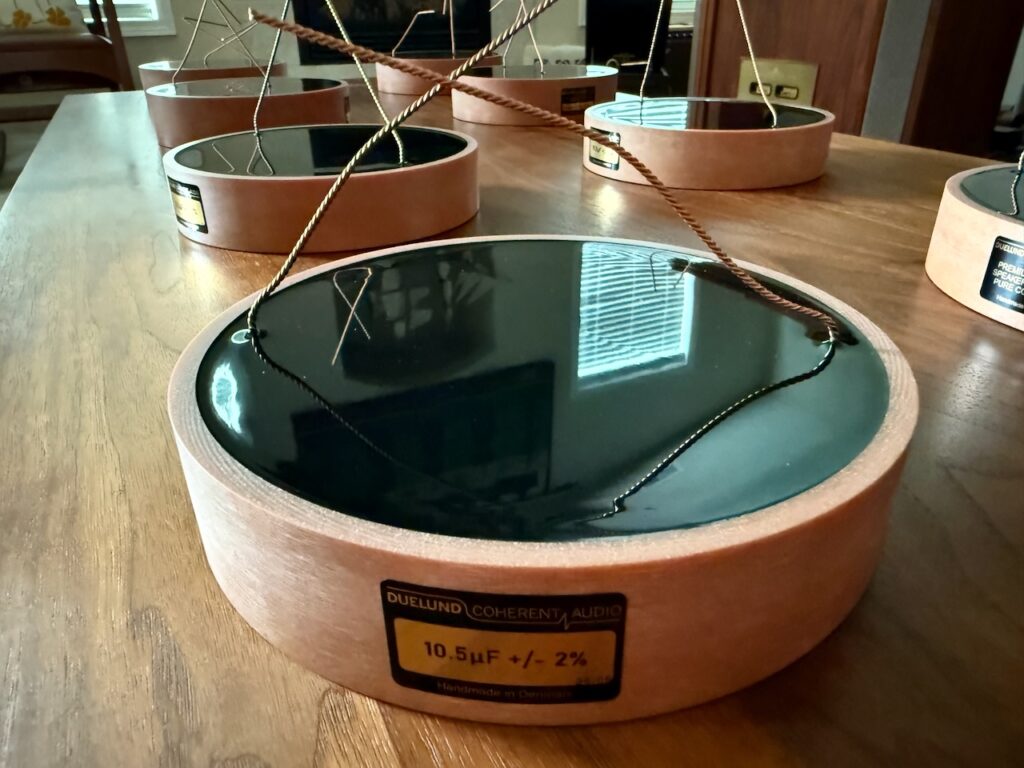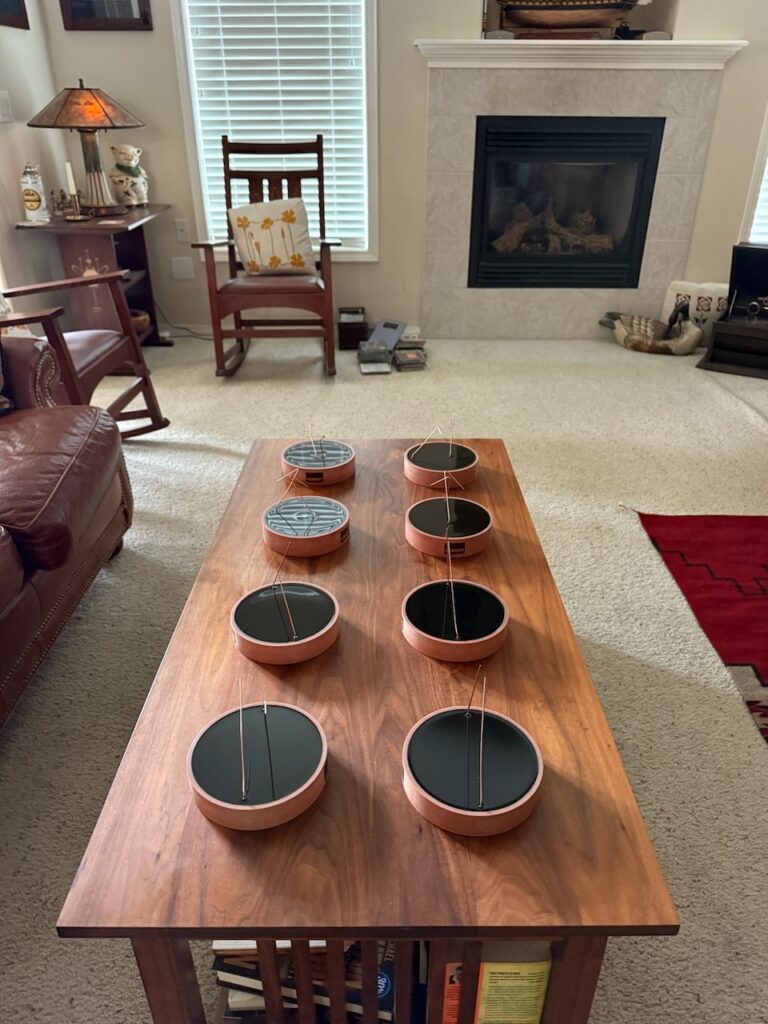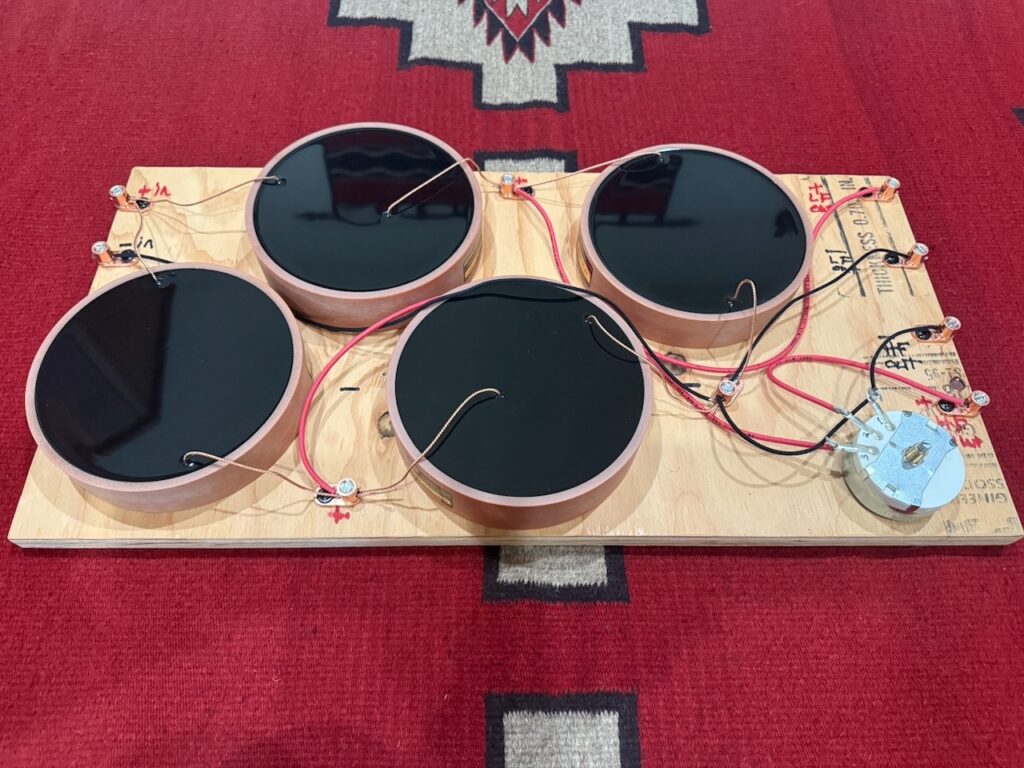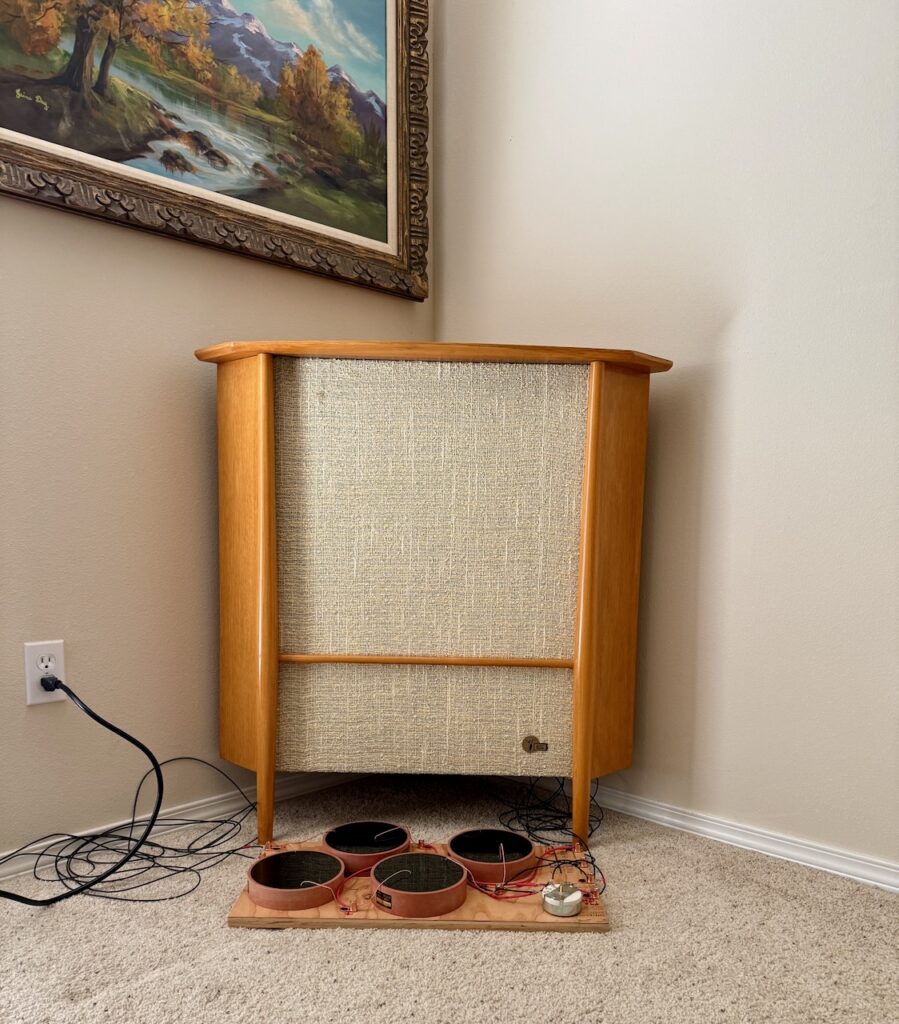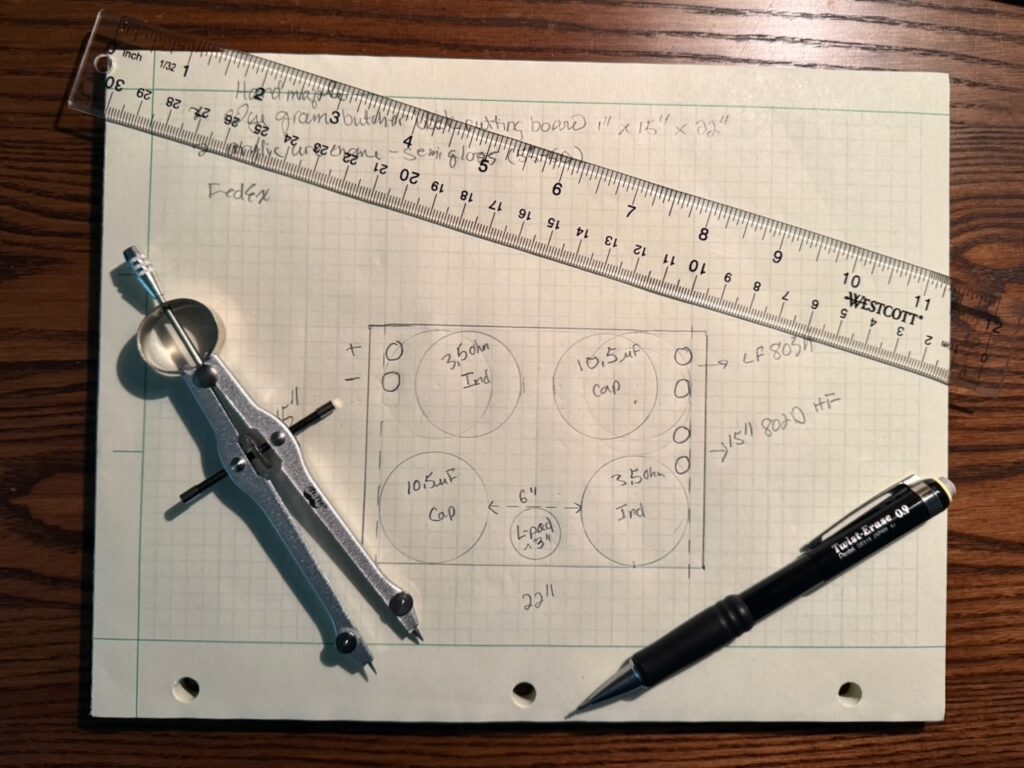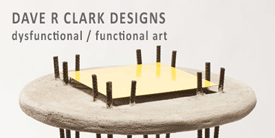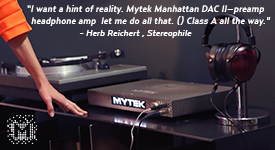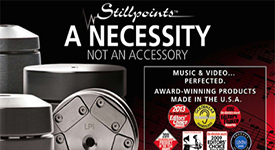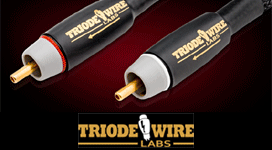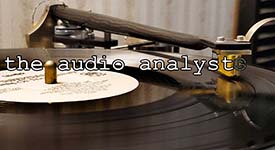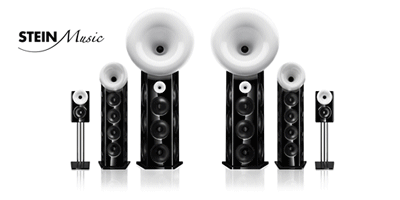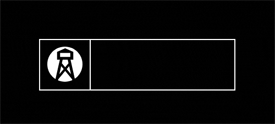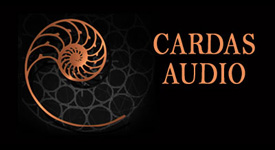The Duelund-Corona Project
I am a certified looney when it comes to appreciating the finer aspects of music reproduction through vintage Altec loudspeakers.
I own three pairs of vintage Altec loudspeakers, the storied pro series Altec A5 Voice of the Theatre loudspeakers, that I have in my audio-visual system ...
Photo: Altec A5 Voice of the Theatre loudspeakers
The glorious vintage "Stokowski Altecs," that were custom made for conductor Leopold Stokowski, and that Frederik Carøe of Duelund Coherent Audio fame and I hot-rodded with state-of-art Duelund CAST tinned-copper crossovers, that currently reside in my office audio system (more HERE) ...
Photo: Custom vintage Altecs made for Leopold Stokowski & hot-rodded with Duelund CAST tinned-copper crossovers.
... and the vintage Altec Corona 832A loudspeakers that currently reside in my bedroom audio-visual system, that are the subject of the "Duelund-Corona 832A Project" here at Jeff's Place and Positive Feedback, where Frederik Carøe and I are collaborating on building new crossovers for them using Duelund CAST pure copper capacitors & inductors.
Photo: vintage Altec Corona 832A loudspeakers designed for domestic use, shown here with my Tannoy Westminster Royal SE loudspeakers for a size comparison.
When the Corona 832A loudspeakers were first released, it was the tail end of the monaural magnetic era of recording (1945 to 1957), when people were mostly listening to monaural recordings.
Many music lovers during the monaural magnetic era of recording had audio systems with only one loudspeaker.
The Corona 832A loudspeakers had cabinets that were custom made for Altec by Glenn of California, which was a craft furniture maker producing furniture in the California Modernist style that was popular in the 1940s-1950s, and the cabinets were one of the Coronas selling points.
Photo: Altec 832A Corona loudspeaker in a room corner, its natural habitat.
The Corona 832As were styled to complement the Glenn of California furniture customers had in their home, and as such were intended to "disappear" into the corner(s) as functional furniture so they weren't too room dominating. They were considered to be high-performance "art speakers" for a well decorated Glenn of California furnished home.
Then as we proceeded more deeply into the stereo magnetic period of the recording arts, many of those music lovers with one Corona 832A added a second Corona 832A loudspeaker, so they could enjoy those new-fangled stereo recordings along with their new-fangled stereo McIntosh or Marantz vacuum tube electronics.
Coronas also perform great in more free-standing positions, and due to the adjustable nature of the N800E crossovers, one could dial them in for listening in whatever position desired, corners or free-standing.
Photo: Vintage Altec 832A Corona loudspeakers.
My vintage Altec Corona loudspeakers components complement were the 16Ω 803A bass drivers (built 1947-1958), 16Ω 802D compression drivers (built 1957-1972), 811B HF horns, and N800E crossovers.
These compression drivers & low-frequency drivers were built to the same ultra-reliable standard of quality that Altec needed for their pro series of sound reenforcement applications in movie theaters and auditoriums, where they needed to perform with little attention for decades, and as a result these drivers possess an almost eternal life level of quality.
Even if you have Altec drivers that have been abused, the fine folks at Great Plains Acoustics can restore them to like-new condition.
Photo: Bedroom A-V system with Altec Corona 832As in room corners.
Please excuse the disarray of my bedroom system, as it is a cluttered work in progress at the moment. What you can't see in the photo is my enormously heavy cast iron sleigh bed that is positioned in parallel in front of it (foot of bed towards the right loudspeaker, head of bed towards left loudspeaker), which for this system is my listening position.
This placement of my Coronas into the room corners is considered to be an audiophile sin of the first order. However, what I've found is that audiophile orthodoxy isn't the only way to do things, and other loudspeaker positioning methods, like room boundary positioning (i.e. room corners), has its merits as well, albeit with somewhat different priorities than typical audiophile priorities.
It's actually a lot of fun to try different things in audio, like room boundary positioning, or putting big speakers in small rooms, and the results can be spectacular.
Part of the reason for this is Altec developed their loudspeakers (and crossovers) to work well in very diverse environments: in various sized movie theaters & auditoriums for sound reenforcement, in recording studios as monitors, and in widely varying domestic environments, for example.
With my Coronas positioned in room corners, and shooting across the room in diagonals, something surprising and magical happened.
I was lying in my bed propped up by a number of pillows, reading about some Hellenistic era literature, with the extraordinary performance of Massenet's Thais opera playing in the background.
So while in bed, the Corona 832A loudspeaker in the right room corner was aimed towards my head, and the Corona in the left corner was pointing towards my feet. This created a sound field that extended out 10 to 20 feet from the front plane of the loudspeakers, and filled the room from top-to-bottom! There was this huge spacious presentation of an opera hall that was full of life and nuance, and it was magical to be in the middle of it!
So the moral of this story is, don't be afraid to experiment with your vintage Altecs' positioning, it can bring surprisingly good results.
I've come to realize that a lot of my appreciation for vintage Altec loudspeakers was due to those "right brain" performance attributes of creativity, intuition, and emotional processing, that those vintage Altec loudspeakers seem to so easily deliver.
There's a caveat there though, as in order to get the lofty best out of those vintage Altecs, one needs to replace their crossovers.
Photo: Altec N800E crossover.
The Altec crossovers tend to age out, and for example, the N800E crossovers in my Corona 832A loudspeakers are nearing 70 years old, so they were getting a bit tired.
The Altec crossovers circuits are designed quite well, and back in the day Altec put a lot of engineering expertise into their designs, so sticking with the original N800E circuit seemed sensible, and was recommended to me by friend Yazaki-san as well.
Photo: N800E crossover schematic courtesy of Great Plains Audio.
For me, the adjustable nature of Altec crossovers is essential to maintain, so they can be optimized for different positionings and tastes.
Photo: Altec N800E crossovers set to attenuate the HF by 1.5dB.
However, the high-frequency resistance part of the N800E schematic that's intended to optimize high-frequency compression driver energy to the low-frequency driver energy, is overly complicated and degrades high-frequency performance.
 Photo: N800E crossover with L-pad replacing the resistance network.
Photo: N800E crossover with L-pad replacing the resistance network.
I was confused about the high-frequency resistance part of the N800E crossover schematic, and had asked Pete Riggle (Pete Riggle Audio Engineering) if he could could help me understand what was going on there.
Pete did some calculations and found out that the high-frequency resistance part of the crossover network could be eliminated and replaced with an L-pad.
That's a win-win, because it gets a lot of sound degrading stuff out of the HF signal path, and L-pads allow for adjustable HF attenuation for different listening or loudspeaker positions.
I'll be investigating transformer based attenuations as well, particularly the vintage Luxman AS-10 constant impedance attenuators, but for the moment that has stalled out.
Breaking News: I found a pair of vintage Luxman AS-10 constant impedance attenuators that I bought. They will be winging their way to me before too much longer. The vintage Luxman AS-10, highly regarded by the audio cognoscenti in Japan, seemed like a really classic, classy, choice for this restoration project. More to come after they arrive.
One thing I have found with Altec crossovers that is extremely important, is the quality of component parts is critical for getting the best out of them, partially in terms of those all-important (to me) "right brain" performance attributes of creativity, intuition, and emotional processing, which vintage Altec loudspeakers seem to so easily deliver with good crossover components in their circuits.
Photo: Altec A5 crossovers.
Take for example, the motor run style of capacitors that I utilized in my Altec A5 crossover builds, which is a typical DIY approach to Altec crossovers.
With even the best of them, the performance potential is greatly reduced compare to the Duelund CAST capacitors, and it's the equivalent of throwing a quilt over your loudspeakers, diminishing nuance and energy to a great extent.
I'm noodling a rebuild of my A5s' crossovers with better capacitors, so you may see that project at some point in the future.
Photo: Closeup of a Duelund CAST pure copper 10.5uF capacitor.
For the Duelund-Corona 832A Project, Frederik recommended his Duelund CAST pure copper capacitors and inductors.
Note: Duelund CAST copper 3.5 mH inductors and 10.5 uF capacitors for the project.
I built up the bread-board versions of the Duelund CAST copper crossovers ...
Photo: Duelund CAST copper breadboard crossovers.
... rewired my Corona 832A loudspeakers internally, attached the breadboards, and gave them a listen.
Photo: Altec Corona 832A loudspeaker with Duelund CAST copper breadboard crossover.
The improvement over the stock N800E crossovers was nothing short of astonishing. Much more information came through from the recordings, everything sounded extremely natural in the musicality parameters of the music, AND importantly, the ability of the Coronas to deliver the creative and emotional aspects of the musicians' intent for the performances, went up exponentially. Yeah! I was wowed by the across the board improvement.
My breadboard crossovers were constructed on scrap plywood that I had here, but I needed to figure out new plinths for the Duelund CAST copper crossovers.
I decided to go a similar route that I did with the Duelund-Altec Project, where I used hardwood plinths to mount everything on.
However, with the Duelund-Altec Project, I mounted the crossovers inside the enormous high-frequency portion of the cabinets of the Stokowski Altecs.
However, for the Corona 832A loudspeakers, I decided I wanted the crossovers to be external, and fit underneath, and between the legs of the loudspeakers.
There's limited space to deal with between the legs (23-inches or so), so that was a constraint. Then there's limited depth for the crossovers, in the corner positioning.
I drafted up a number of different crossover plinth ideas, and eliminated all but one.
Once I had the plinth design finalized, I contacted Hardwood Lumber Company, and ordered a pair of hard maple edge grain plinths in the dimensions I needed, with the top surface of the plinths where the Duelund CAST components are mounted finished in a furniture quality acrylic polyurethane finish (semi-gloss).
Hardwood Lumber Company's woodworkers are craftsmen from their local Amish community, who apply great care to the quality & detail of whatever they build, and I think it's kind of a cool vibe to add that touch of Old World Amish craftsmanship to the project.
It'll probably take 3 to 4 weeks before I get the plinths, so in the meantime I'm continuing to do the bedding-in of the crossover components by streaming digital, playing CDs or DVDs, and watching cinema through my Apple TV, until I get to the magic 100 hour mark.
Previous Articles In This Series
- A new audio DIY project announcement: The Duelund-Corona 832A Project! HERE.
- Today's Fresh Catch: Capacitors & Inductors for the Duelund-Corona 832A Project! HERE.
- The Duelund-Corona 832A Project: The resistance network! HERE
- The Duelund-Corona 832A Project: Project primer & the Duelund CAST Air-Core Inductors! HERE
- Jeff Checking In: Audio Note (UK) M8 RIAA & AN-S8L SUT, Duelund-Corona Project, Ortofon SPU GTX S phono cartridge, and more! Go to page 2. HERE
- The Duelund-Corona 832A Project: bedding-in revelations! HERE
Please click on the link below to go to the next page.

